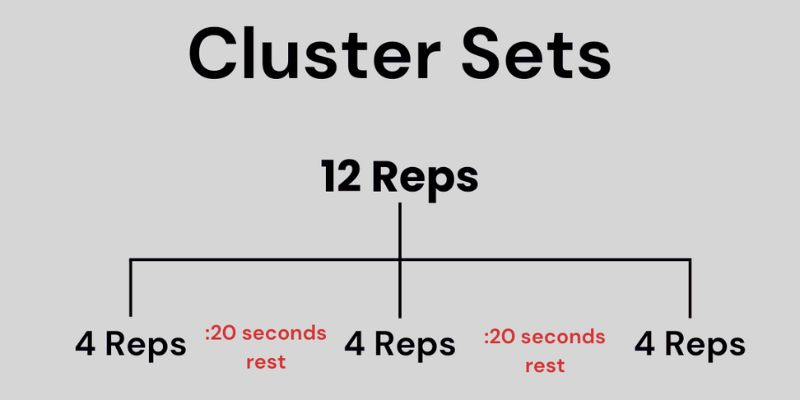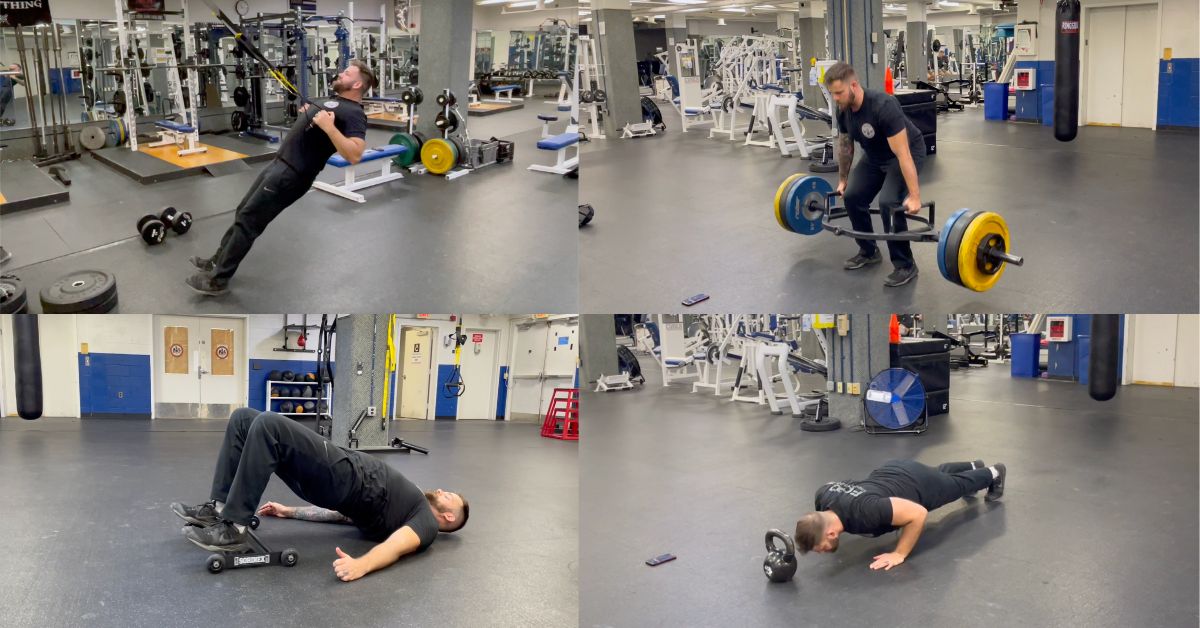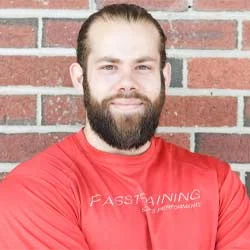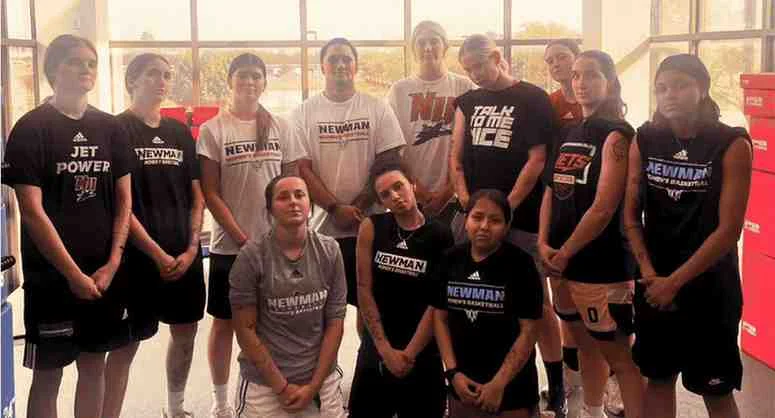Tactical athletes don’t often work a standard 9-5 schedule. There are multiple factors that would then affect a prescribed training program—varying types of shift work, long hours (12+ hour shifts), family life, and exposure to higher amounts of stress than the average individual.
When coaching these men and women—or if you yourself are considered a tactical athlete—it is important to utilize time-efficient methods when training due to the uncertainty of training schedules. Time limitations, or being willing to alter workouts entirely, is the reality that we must operate in.
In my experience working with this population, the training compares more closely to that of the general population than that of elite athletics. This is not to discredit any of the unbelievably-fit tactical athletes that exist out there, but it more reflects their day-to-day lives and responsibilities outside of work—simply put, their primary job is not to play a sport.
While the tactical athlete must be physically fit and prepared to handle the demands of the job, a majority do not have a high training age or much exposure to structured strength and conditioning programs. This allows improvements to be made, especially in strength, while requiring less of a stimulus or needing more advanced training methods. Just having a simple, sound, and scalable training program will work better than you think.
While the tactical athlete must be physically fit and prepared to handle the demands of the job, a majority do not have a high training age or much exposure to structured strength and conditioning programs. Share on XThe methods listed in this article work because they allow the individual to fit it in any schedule restraint, are intense enough to build strength, and can be progressed or adjusted week to week.
5 Practical Training Methods that Work
Here are some training methods to utilize in the busy tactical athlete’s strength and conditioning program.
- Cluster Sets
- EMOMs
- Total Rep Sets
- Drop Sets
- Escalated Density Training
Cluster Sets
Cluster sets are fantastic to build strength due to the improved rep quality performed throughout the series. To perform, you will break up a set into clusters—these are typically 3-5 within a set (though not limited to that number). Each cluster has a prescribed rep scheme, with rest allotted in between each before moving on to the next.
For example, instead of performing a set of 12 continuous reps of an exercise—where technique and rep quality will diminish the longer the set continues as fatigue sets in—a cluster set would instead break up the set into more palatable clusters, with a short break in-between.
Keeping this example, the set will be executed by performing clusters of 4 reps. The individual will perform 4 reps, then rest 20 seconds, perform 4 reps, rest 20 seconds, perform 4 reps to complete the set and rest 2-3 minutes before performing the next set.

While there is a time and place for these continuous higher rep ranges in training, considering the strength training for the tactical athlete, we want to perform the heaviest, fastest, highest quality reps in the safest, most efficient manner (all things that cluster sets can accomplish if used appropriately).
Video 1. Hex bar deadlift cluster set.
Here are some examples of cluster sets often used in training.
- Chin-Ups (5.3.2)
- Incline Bench Press (4.4.4)
- Squat /Deadlift (1.1.1.1.1)
EMOM
Every minute on the minute is a training method in which athletes perform a set at the start of each minute for a set time frame. While this protocol is often used for general conditioning, it is great to build strength or strength endurance in the tactical athlete.
While the EMOM protocol is often used for general conditioning, it is great to build strength or strength endurance in the tactical athlete, says Brandon Holder. Share on XTo maintain the focus on strength development, the reps should be kept lower during these series to ensure more recovery and a greater emphasis on a higher weight selection. EMOMs will typically be set for 8 up to 15 sets, so while the weight selection is higher than usual, it is still in the 70-80% intensity ranges for this population. Exercise selection should be kept lower (1-2 exercises per series) for similar reasons.
- Kettlebell Swings x 5 + Weighted Push-Ups x 5
- Sandbag Shoulder Squat x 1 each side.
- Front Squat x 3
Video 2. EMOM kettle bell swings and push-ups.
Total Rep Sets
Total rep sets are simple to execute: select a number and work to complete that number in as few sets as possible, breaking it up however needed. To develop strength, the weight selection is key for this—a standard recommendation would be loads of around RPE 8-9 or 75-90%. There are always situations that could alter this, so use your best judgement.
Be sure to stop a rep or two shy of hitting complete failure and keep rest limited, typically not working over a minute’s length. This method will work within a rep range of 20-50 reps depending on the exercise.
Some examples of this method would include:
- Dumbbell Push Press x 30
- Single Arm Dumbbell Rows x 25 each arm
- Barbell Inverted Rows x 50
Progress this by increasing the reps required for completion each week, 5-10.
This method also works great for accessory exercises, for performing high amounts of repetitions with resistance bands, or for using machine exercises to accumulate more training volume in a shorter amount of time.
Often, accessory work can get overlooked (or even skipped), so prioritizing it in a different, more intense manner can help encourage the tactical athletes to not overlook these blocks of training.
Video 3. Lying leg curls in a total rep set.
Some examples:
- Band Pull-Aparts x 100
- Lying Leg Curls x 50
- Band Face-Pulls x 100
Drop Sets
Utilizing drop sets in training is great to increase the intensity of a set in a safe, seamless manner. When using drop sets in training for the tactical athlete, the concept won’t be exactly the same as many may first remember from reading Muscle & Fitness magazine. Instead of performing each set to complete failure, the athlete will work to a prescribed rep scheme—once completed, the weight will then be reduced 10-20% and performed again to failure, or a rep or two short.
When selecting exercises to perform with this method, they need to be adjustable, quick, and safe.
Weight Drop Set Examples
- Chin-Ups
- Bulgarian Split Squats
- Dumbbell Chest Supported Rows
Drop sets can also be performed by instead adjusting the position of an exercise, making it more or less advantageous throughout the series.
Mechanical Drop Set Examples
- TRX Inverted Rows
- Dumbbell Bench Press
Escalating Density Sets
I first read about escalating density training (EDT) years ago through a training manual written by Jim “Smitty” Smith. This training method focuses on short, intense bouts of work alternating between exercises for a listed time frame.
Select 2-3 exercises, movements that will not interfere with another, or train similar patterns/muscle groups. I would recommend keeping this simple by alternating between upper and lower body exercises. The exercises will be performed back-to-back, with little-to-no rest in between for the time frame.
The objective is to perform as many quality reps as possible, avoiding failure or poor-quality repetitions. The sets are performed up to 10 reps, saving a rep or two in reserve. If performed correctly, the reps will naturally drop throughout the set but allow the individual to accumulate a high workload.
If Escalating Density Training (EDT) is performed correctly, the reps will naturally drop throughout the set but allow the individual to accumulate a high workload. Share on XLike the other protocols, weight selection is crucial for the method to be performed successfully. Performed too heavy and there will be limitations on the total work completed; performed too light and you will be hindering any positive gains that could be made.
This checks off a lot of training boxes for the tactical athlete due to the short time, anywhere between 5-20 minutes per set, and the ability to train total body through major movement patterns efficiently.
Here is an example listed below.

When progressing EDT sets, work on increasing the work being completed in the set through increasing the time or total reps completed; if exceeding those goals, then consider increasing the weight being used.
Examples:
- RDL /Chin-Ups
- Reverse Lunges /Single Arm Rows
- Kettlebell Overhead Press /Lateral Squats
- Floor Press /Front Squat
Video 4. Escalating Density Training, alternating TRX rows with DB RDLs.
Conclusion
Tactical athletes can have a range of limitations that don’t allow for an “optimal” training schedule—they should, however, still follow a program designed to make progress while being flexible enough to adjust to their chaotic schedules.
Implementing the training methods presented in this article will help offer solutions to provide that framework to a training program.






